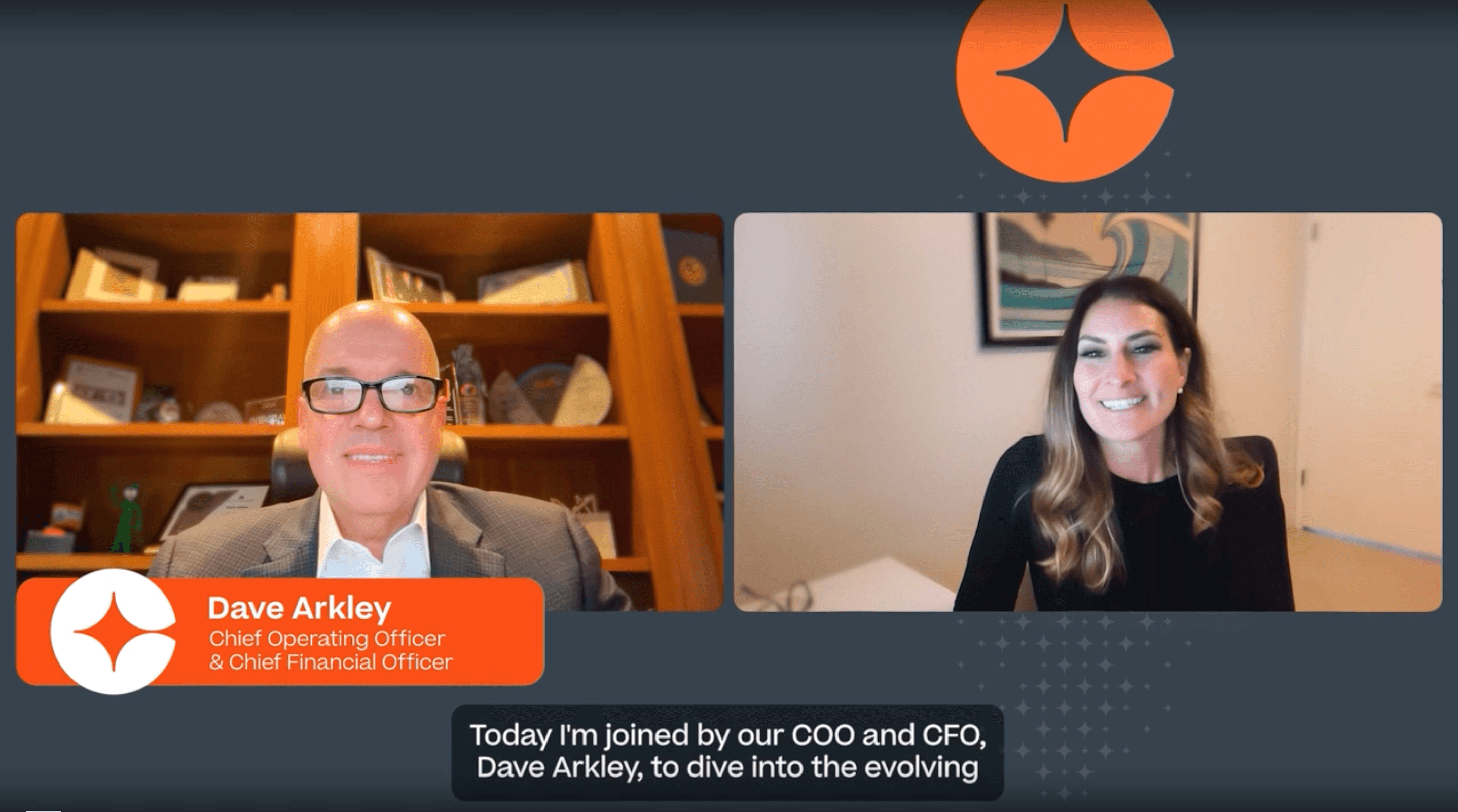Key Takeaways:
- Only 40% of employees are continuously trained on policies to reduce risks of compliance violations.
- Corporate accounting scandals often stem from code of conduct violations, emphasizing the importance of Human Capital Management (HCM) in training initiatives.
- Tailoring compliance training at scale can mitigate risks of employee compliance violations and safeguard organizational integrity.
Corporate scandals, highly publicized lawsuits, fines totaling millions of dollars — these typically aren't scenarios you want associated with your company name. Today, employee compliance is one of the most essential parts of business, yet only 40 percent of companies say they are thoroughly prepared for a compliance audit. To keep out of hot water and uphold employee compliance standards, businesses must adhere to internal policies and procedures and federal and state laws.

But while commitment to workforce compliance must stem from executive leaders, the daily activity of carrying it out often falls on the shoulders of HR professionals who must ensure that employees across every business unit and division are uniformly trained on policies and procedures on an ongoing basis to minimize risk. By understanding the consequences of non-compliance and being armed with the right tools, HR executives can ensure their organization stays on the right track. Here, we explore three significant risks of non-compliance and how to stay on the right track.
The financial costs of non-compliance
Simply put, non-compliance is costly. Not only can lawsuits result in fines, penalties and settlement expenses, but if a company leader has to step down, stock prices can drop, and the company can take an even more significant hit. Texas Instruments, for example, saw shares decline 2.2 percent just hours after their CEO stepped down over code of conduct violations. Simply adhering to laws and standards, to begin with, is generally much less costly than dealing with the financial consequences of non-compliance.
Serious legal consequences
Legal action and criminal charges are another potential result of failure to comply with employee compliance laws such as workforce safety, corporate governance and stock management. Enron, for instance, was one of the most widely reported corporate accounting scandals of all time. Executives knowingly hid billions of dollars of company debt, which eventually bankrupted the company and landed the CEO in jail.
Cultural, brand and reputation damage
Major employee compliance violations tend to be widely publicized, and because public image is such a crucial part of business success, customer distrust can be a major repercussion. Loyal customers may leave, potential partnerships may fall apart and attracting high-quality candidates can become much more difficult.
Staying on track with employee compliance
Luckily, many ways exist to uphold employee compliance standards and set precedents for quality human capital management (HCM). Many compliance requirements are recurring and require accurate reporting, which means they complement learning and training initiatives. Today's comprehensive HR software allows HR professionals to automatically assign required compliance training on a large scale or to a specific department or person, helping to increase completion rates, eliminate margins of error and reduce the manual work of assigning and tracking courses. The software also ensures accurate reporting by recording who has taken the required training and when.
In addition to having a system for delivering practical compliance training, HR professionals must communicate that compliance is about more than avoiding fines. Help employees understand how adhering to compliance standards protects their health and safety through engaging in training and assessments, on-the-job observation and open discussion. When thinking about employee compliance in the context of HCM, it is also vital for HR professionals to make sure policies and processes are easy to follow and understand.
Compliance documentation should be easily accessible, and procedures should be logically organized, precise and clear. Compliance requirements frequently change — revisit and revise them as needed and have a system to update employees. Prioritize communication around workforce compliance initiatives, empower employees with the proper training and stay up-to-date with changes to regulations to minimize company risk.
with one of our experts to explore how we can tailor our solutions to your organization's needs.


